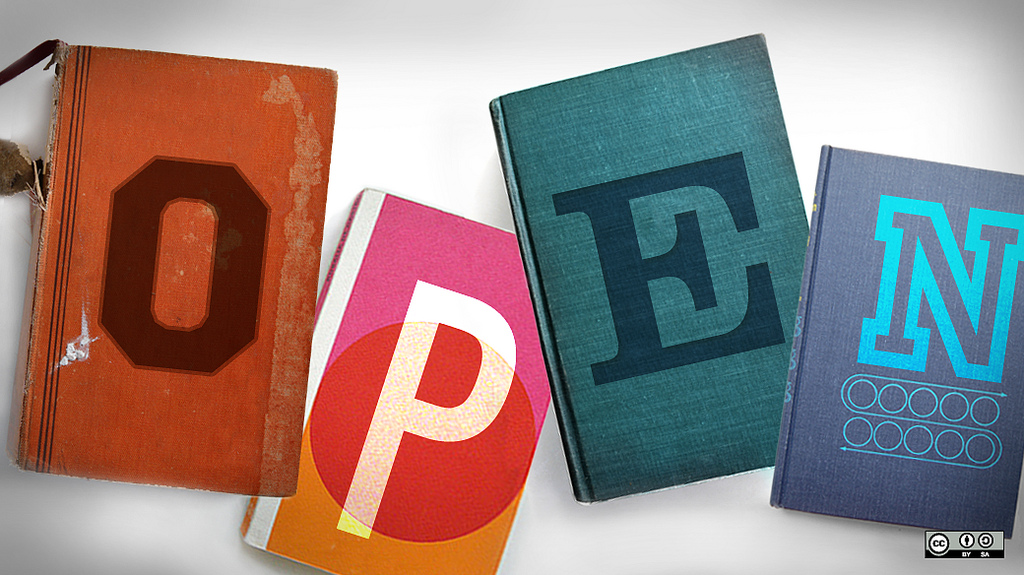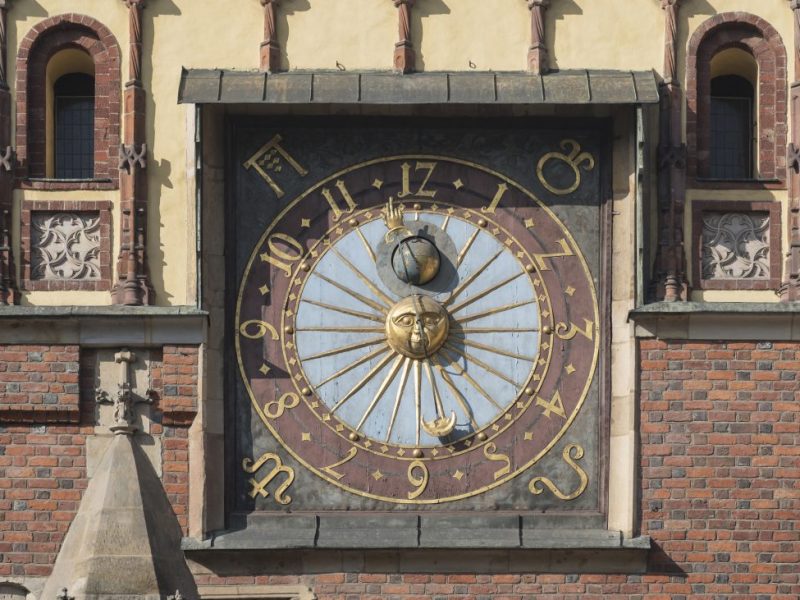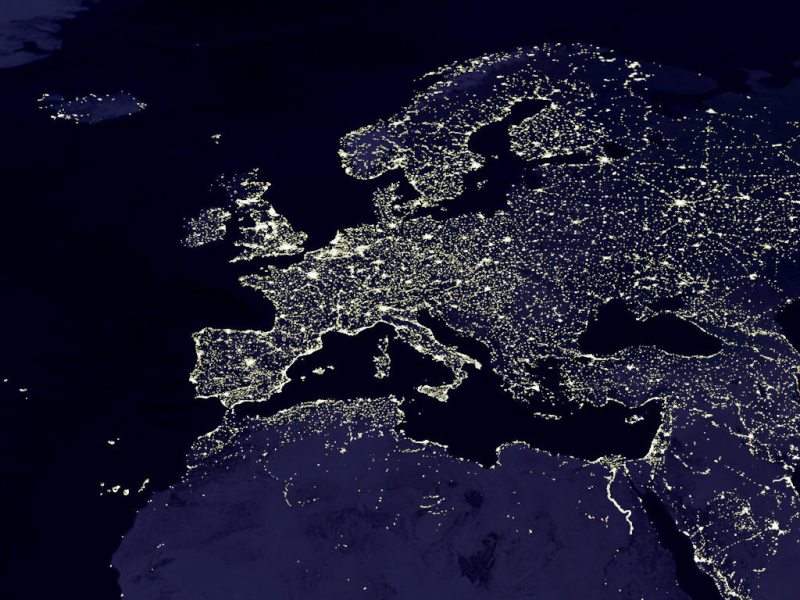This may come as a surprise, but copyrighted works often cannot be used in educational and research materials.
For example: students in France, Italy, Luxembourg and Romania cannot legally quote an entire artwork in a digital presentation. In Denmark, Finland, Italy, the Netherlands and the United Kingdom a teacher may not send an email to her students with excerpts of reading materials. In Denmark, Finland, Italy, Poland, Spain and the United Kingdom an educator in a nonprofit cannot legally show parts of a video from a DVD they own in a free history class. (You can read more about this in a recent COMMUNIA report.)
These situations only exist because of the lack of harmonized rules in the international copyright framework administered by the World Intellectual Property Organization (WIPO). In countries where exceptions and limitations for educational and research uses are in place, they are of various effectiveness—from the flexible fair use doctrine in the US and fair dealing in the UK, Australia and Canada, to disparate narrow exceptions in the European Union. Alas, many laws in the developing world simply fail to provide the freedom necessary for people to create and use relevant material.
The current patchwork of exceptions and limitations for educational and research activities
International talks about common exceptions and limitations are currently stalled by the backpaddling of rightholders and the European Union. The proposed treaty—presented during the Fifth Global Congress on Intellectual Property and the Public Interest—seeks to advance this process and remedy the patchwork of rules. The text provides for mandatory minimum standards of exceptions and limitations to copyright for online and offline teaching, learning, researching and creating educational materials. With it, individuals and entities will be able to copy protected work in educational materials, quote it in research papers or assignments, mine text and data and more.
A text that will greatly benefit the Wikimedia community…
The Wikimedia projects are used by millions as tools to explore, learn and have fun. The proposed treaty will allow our communities to use copyrighted images, short and longer excerpts, in the course of creating material for educational and research purposes, including copying; distributing; translating; illustrating; adapting or altering the works; hosting it; comment and critique it. This will, without a doubt, facilitate inputs in some of our projects like Wikipedia and Wikimedia Commons.
True to our vision of open knowledge and free culture, the proposed treaty is a step in the right direction of creating a flexible fair use exception for research and educational activities in all member states. The common standards introduced in the text as well as its interpretation of the Berne three-step test to satisfy educational and research needs, will together provide a solid basis for member states to enact meaningful exceptions and limitations. The proposed treaty is supporting a current welcomed trend in some countries, like Australia, that are thinking about transitioning to fair use.
Fair use is a necessary baseline for our projects to be streamlined and the proposed treaty is a first step in this direction. While there are generous non-free exceptions in place for the English Wikipedia concerning non-free content, but exceptions in other language wikis range from more generous than US fair use to non existent. While the Philippine Wikipedia has essentially the same exceptions as English Wikipedia but with looser fair use interpretations in certain circumstances, the Dutch Wikipedia does not allow non-free content at all. Italian Wikipedia benefits from a similar standard as English Wikipedia but not for living people. Finally, the Hungarian Wikipedia allows fair use for “non-conventional” work types only (e.g. screenshots), never photos or paintings. Our language-specific guidelines are effective because each of them is carefully drafted by our communities to make sure that content can legally be used by the people speaking that language. However, the overall disharmony of laws ultimately leads to confusion and may expose Wikipedians and users to liability. The proposed treaty is not the be-all-end-all answer to these challenges, but it paves the way for future evolutions of the law.
The proposed treaty also supports our mission to provide knowledge for all by introducing a reciprocity principle applying to cross border sharing of educational materials. In essence, once materials have been created pursuant to the exceptions in a WIPO member state, they may be distributed or made available in another member state.
… And the public as a whole
The proposed treaty adds to the international legal system binding norms that focus on the purpose of the use, rather than the types of individuals or institutions responsible for the use. Therefore, as long as the copyrighted work is included in materials for educational or research purpose, everyone—without distinction—will be able to create, use, mix and share it without barriers. In addition, the new fair use-like exceptions and limitations will undoubtedly support research and educational innovative projects.
The text also protects teachers, learners and research institutions from direct and contributory liability whenever excerpts of protected work is used in materials or assignments. Currently, only a few countries have enacted such provision and as such, members of the knowledge community may face repercussions for sharing knowledge.
The digital age brought with it technological protection measures that prevent individuals from using copyrighted works in educational and research materials. Out of the 189 WIPO member states only 63 have enacted provisions in national legislation to provide for flexibilities, limitations and exceptions to technological protection measures. Under the proposed treaty, member states will have to make sure that legal remedies against the circumvention of technological protection measures do not prevent educational and research activities. In a world where upload filters and content ID-inspired systems are becoming the norm, this provision is of the utmost importance.
Conclusion
The proposed treaty supports the educational goal of the Wikimedia communities, and is a step toward the adoption of fair use globally, which benefits us all. With the upcoming EU Copyright Directive striking a blow to free expression and knowledge and missing the opportunity to introduce an effective exception for educational use, the proposed treaty is a beam of light in these troubled times. If the proposed treaty is adopted, the the education and research community can benefit from common, flexible standards around the world that better promote access to knowledge.
Hugues Plessis, Legal Fellow
Wikimedia Foundation



